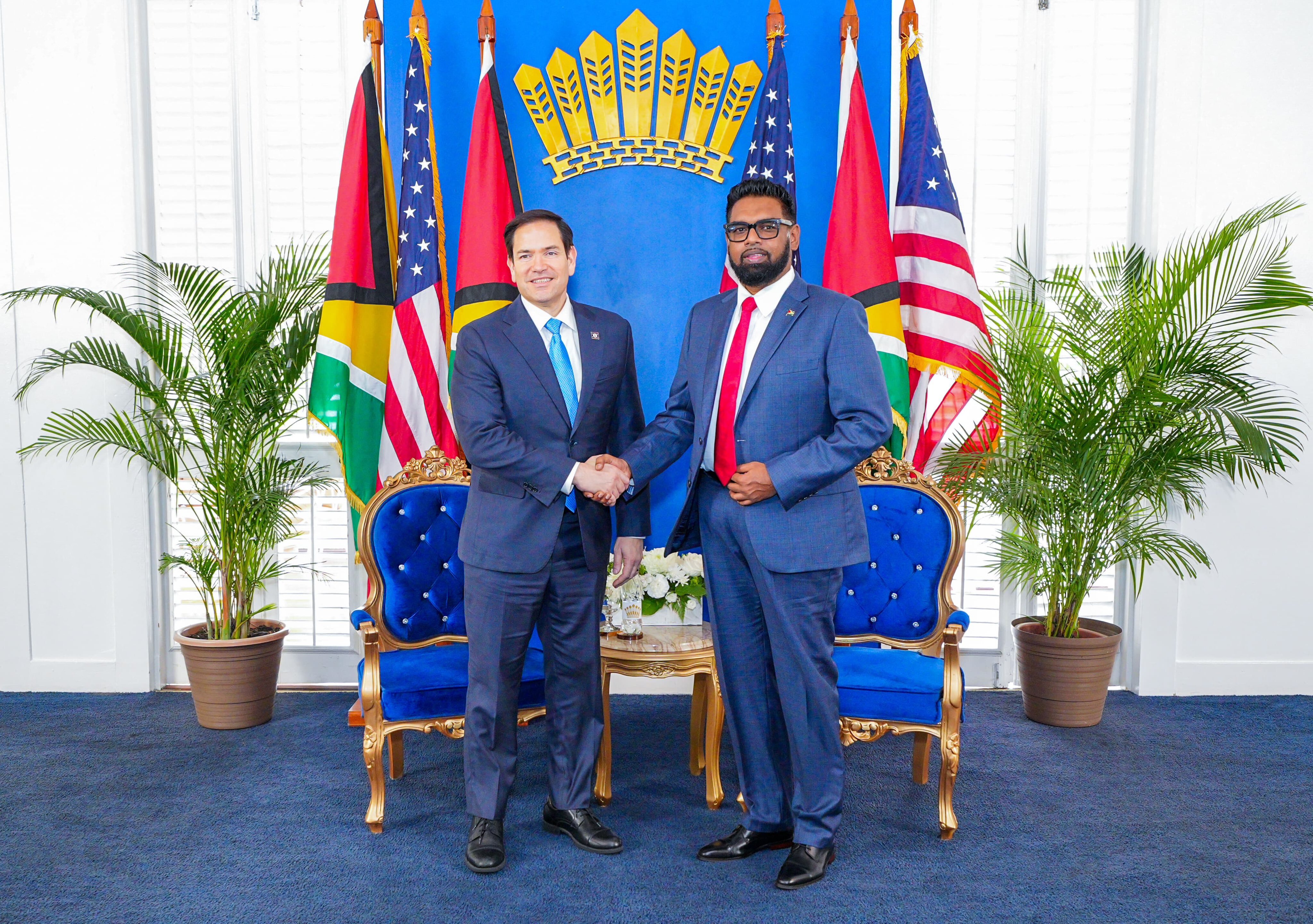Food Security in Latin America: Trends and Prospects
Food Security in Latin America: Trends and Prospects
AS/COA held a panel discussion on the impact of high and volatile food prices on the poor, the role of political commitment to ending hunger, and the challenges and opportunities for income growth in the agriculture sector.
Speakers:
- James French, Director of Technical Cooperation, Inter-American Institute for Cooperation on Agriculture (IICA)
- Daniel Gustafson, Director, Food and Agriculture Organization of the United Nations (FAO), Liaison Office for North America
- Carl Hausmann, Managing Director, Global Government and Corporate, Bunge Limited
- Wilson Mello Neto, Vice President of Corporate Affairs, Brasil Foods S.A.
- Patrick Webb, Dean for Academic Affairs, Friedman School of Nutrition Science, Tufts University (Moderator)
Summary
A December 1 panel hosted by AS/COA explored the growing importance of food security in Latin America. Organized with the Brazilian-American Chamber of Commerce, the panel provided an overview on the current food and nutrition security situation in the region, the impact of high and volatile food prices on the poor, the role of political commitment to ending hunger, and the challenges and opportunities for income growth in the agriculture sector, among other topics.
Raising awareness on food security: Latin America’s role
“Food security is an issue that has leapt to the head of the policy agenda,” said Tufts University’s Patrick Webb at the beginning of the conversation. He explained that the volatility of food prices has sparked a number of issues for producers and consumers. Speakers agreed that one of the main challenges is the economic, cultural, and political diversity across the region. These differences have a direct impact on policy responses to the world food, fuel, and financial crises that have taken place.
Daniel Gustafson of the UN Food and Agricultural Organization (FAO) explained that 9 percent of the total population of Latin America and the Caribbean remains chronically undernourished. While he acknowledged this represents an improvement from 12 percent in 1990, Gustafson joined Webb in warning of significant variation both across and within Latin American countries. He took the conversation a step further, saying that the recent volatility of commodity prices represents a risk for vulnerable populations, constraining access to basic staples, but at the same time it has become an opportunity for producers to increase incomes. Gustafson also emphasized the success in hunger reduction programs in Brazil, Mexico, and Peru, thanks to a strong political commitment that hasn’t been seen in other countries. Finally, he underlined the relevance of having Brazilian José Graziano da Silva elected as the new FAO director-general, given his ability to share Latin American lessons with the rest of the world.
On a positive note, Brasil Foods S.A.’s Wilson de Mello Neto expressed his belief that Argentina, Brazil, and the United States will be the key sources of food production in the future. Brazil is critical in this mix because it hosts 20 percent of the available area to produce food, as well as 12 percent of the available water in the world.
Technology, public-private collaboration, and environmental concerns
With the world population estimated to reach 9 billion people by the year 2050, speakers agreed that important environmental and policy measures must be undertaken to ensure both food access and environmental preservation in the region and around the globe. Bunge’s Carl Hausmann emphasized the significance of ensuring all interested parties participate in discussions on food security, demand, and production. He urged public-private conversations, saying: “We will meet the needs of the 9 billion people in the future, but the question is how intelligently we will meet those needs.”
Technology and infrastructure investment can help move appropriately in this direction, with private and public investment in sync. James B. French of the Inter-American Institute for Cooperation on Agriculture highlighted a study that assessed the impact of high prices in the region and to determine how the organization can support each member country through research, innovation, and capacity building to boost food availability and safety. By identifying strengths and successes in the region, such as the case of Brazil’s Association for the Food Protection, the public and private sectors can work together to help smaller producers gain access to technology that will allow them to engage with local and national markets, said French.
Brasil Foods S.A’s Wilson Mello Neto spoke in particular about Brazil and how the country will play a key role in food production for the world. Nonetheless, he raised the question of how to find a balance between grain and cereal production for consumption versus biofuels production and how to address environmental tradeoffs. Another concern raised by the speakers is how to achieve sustainable agricultural intensification without common agreement on regulation. They posed questions about who defines what’s ecological what standards should be followed.
China, transparency, and regulation
While discussing the impact of price volatility, speakers also touched upon the role of China in food supply and demand. According to Gustafson, China is seen as the most “opaque” in terms of current stocks, which affects the transparency of the market. To offset this trend, the G20 has sponsored a market information system that would help protect producers and consumers from excessive commodities speculation and market volatility. On the same note, Hausmann noted that regulatory bodies are key to managing price speculation regarding food prices. However, governments must find a balance for transparency and regulation, given that excessive regulation could hinder market growth. Mello does not see China as a competitor in food production for Brazil, given the droughts and limited availability of arable land in China. However, China does play an important role in increasing the food demand worldwide—not only in terms of quantity, but also quality as its population’s dietary standards increase.








